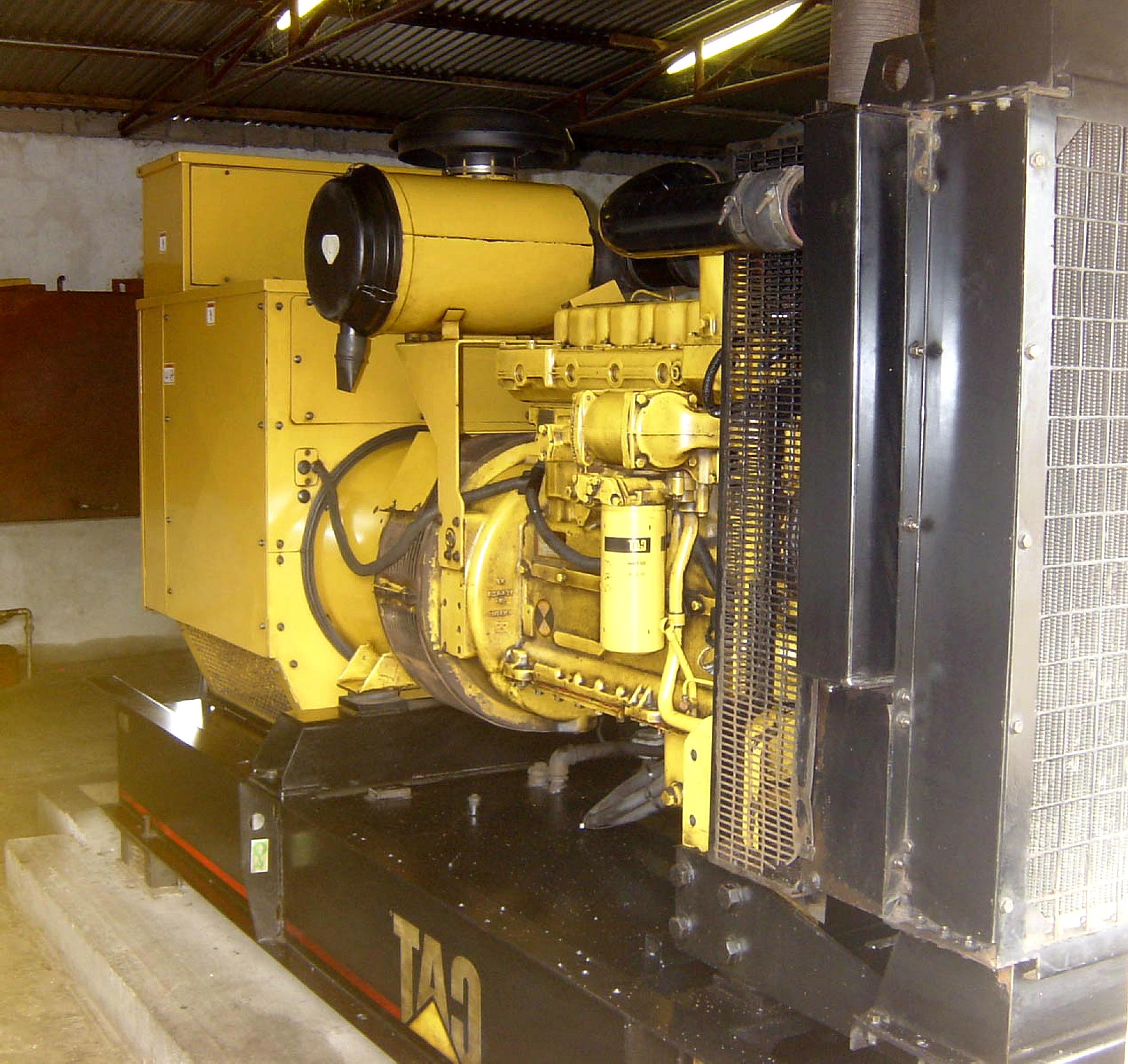Comparing Inverter Sound Output: Which Technology Is Quietest?
페이지 정보

본문
When evaluating the noise level of different inverter technologies, it is important to understand that noise comes in two distinct types: audible and electromagnetic. Audible noise manifests as a low-frequency hum or buzz emitted by certain inverters while running, while electrical noise refers to interference that can affect other electronic devices. For residential or office environments, audible sound is typically the main issue because it affects daily tranquility and mental relaxation.

Traditional string inverters tend to produce a steady buzz that can be distinct, especially if installed near living areas or bedrooms. This is due to the internal ventilation systems and electromagnetic coils that remain active whenever the system is producing energy. While newer versions incorporate smart thermal management and insulated casings, they still generally produce more audible noise than newer alternatives.
Micro inverters, on the other hand, are affixed immediately to each module and operate at significantly reduced wattage. Because of their compact form factor and absence of moving parts, they emit negligible sound. Most users report that micro inverters are completely quiet, even when standing close to them. This makes them ideal solar generators for camping homes where quiet operation is a priority.
Power optimizers paired with a central inverter offer a compromise solution. The power optimizers themselves are quiet since they have no moving parts, but the central inverter still produces some noise, comparable to standard string systems. However, because the central inverter is often installed in a garage or utility room, the residents rarely notice the sound.
Inverter noise levels are also affected by environmental factors. A unit installed in a exposed, airy housing may sound quieter than one in a confined space where echoes intensify the noise. Temperature can also play a role; as inverters heat up, fans may spin faster and produce more noise.
Manufacturers now typically provide noise level specifications in decibels dBA measured at a fixed reference point of 1 meter. When comparing models, look for units rated below 45 dBA for residential use. Units over 50 decibels are often intrusive at night. Some top-tier units feature adaptive fan throttling that slow down when energy output is minimal, further reducing sound output.
Finally, proper installation matters. Ensuring the inverter is mounted on a stable, vibration dampening surface and located beyond sound-transmitting openings can significantly reduce perceived noise. Regular maintenance to keep vents clear of dust and debris also helps prevent the unit from overworking and generating excess noise.
In summary, silent micro inverter technology leads in acoustic performance, followed by power optimizer systems with the central inverter placed away from living areas. Conventional string models produce more noise, though recent versions are quieter. When selecting an inverter for a noise sensitive environment, always consider the dB(A) levels, mounting position, and environmental context to ensure a tranquil, high-performing photovoltaic setup.
- 이전글Katy Perry Announces U S. Stage Of The Lifetimes Tour 25.11.02
- 다음글The 10 Most Terrifying Things About Double Glazing Companies 25.11.02
댓글목록
등록된 댓글이 없습니다.